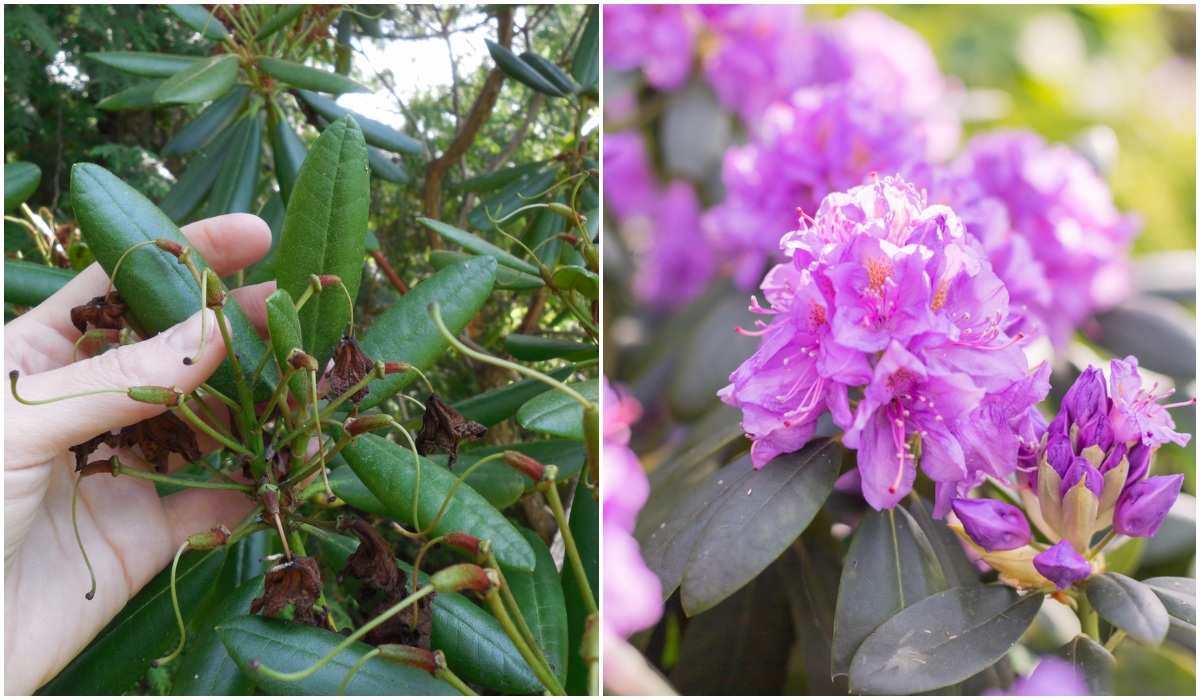
With their deep green glossy leaves and blooms that resemble cotton candy, rhododendrons never fail to add a good dose of curb appeal to gardens and public spaces alike. So much so that a popular piece of advice circulating in realtor circles in the 90s said that you should plant rhododendrons in your own front yard as soon as you move in. That way, when you’re ready to sell your house, the rhody would do the heavy lifting in terms of landscaping.
The belief was that rhododendrons would make your property look more desirable to potential buyers, especially if you were lucky enough to have some shrubs in bloom at the time your house hit the market.
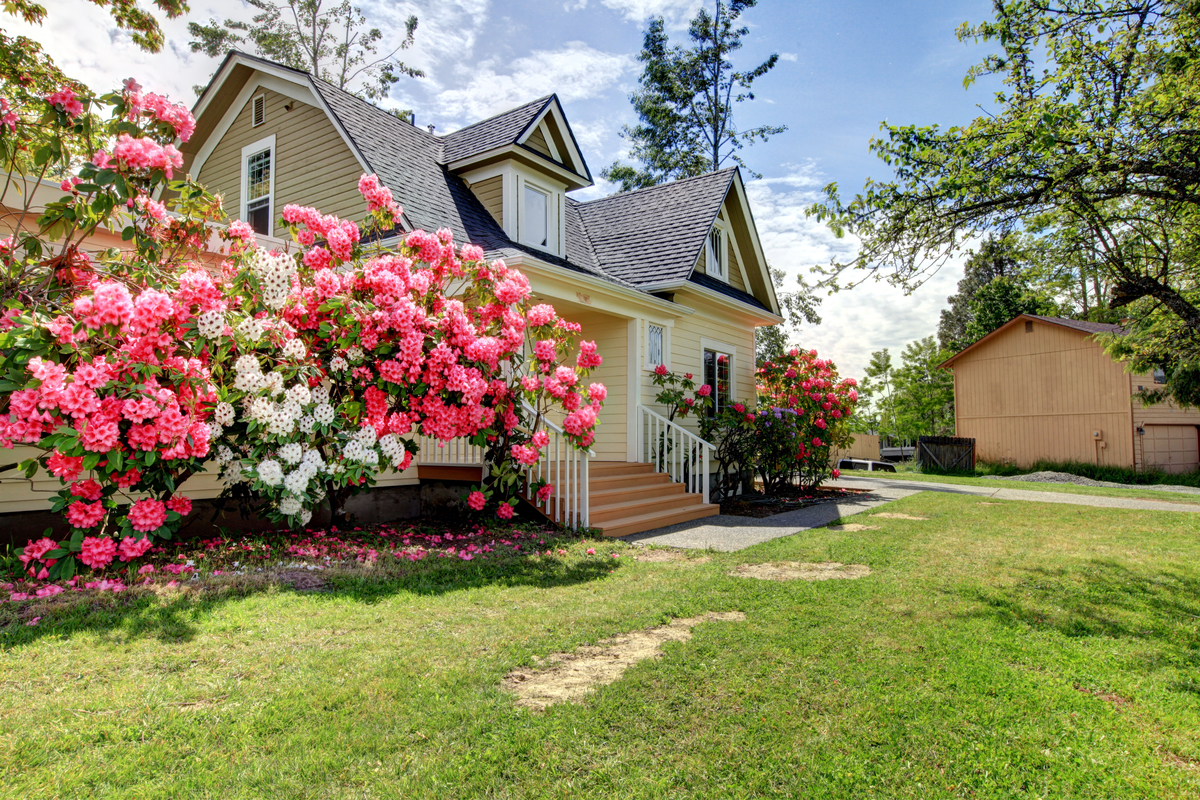
Let’s face it, nobody plants rhododendrons for their foliage. We all want that big display of blooms that makes our neighbors stop to admire our gardening chops. But what happens if the rhododendrons aren’t blooming?
Here are the most common reasons why your rhododendrons fail to flower, and how to fix these issues so that you get more seasons of bloom in the future.
1. Your rhododendron isn’t getting enough sun.
One of the most common misconceptions about rhododendrons is that they do well in shade gardens. Some rhododendrons can take a good amount of shade, but that often comes at the expense of blooms. Most rhodys will tolerate shade, but need at least five to six hours of sun for rich blooming.
As a rule, the hotter your weather gets, the more shade your shrub needs. So in areas with very hot and dry summers, this shrub will need more dappled shade.
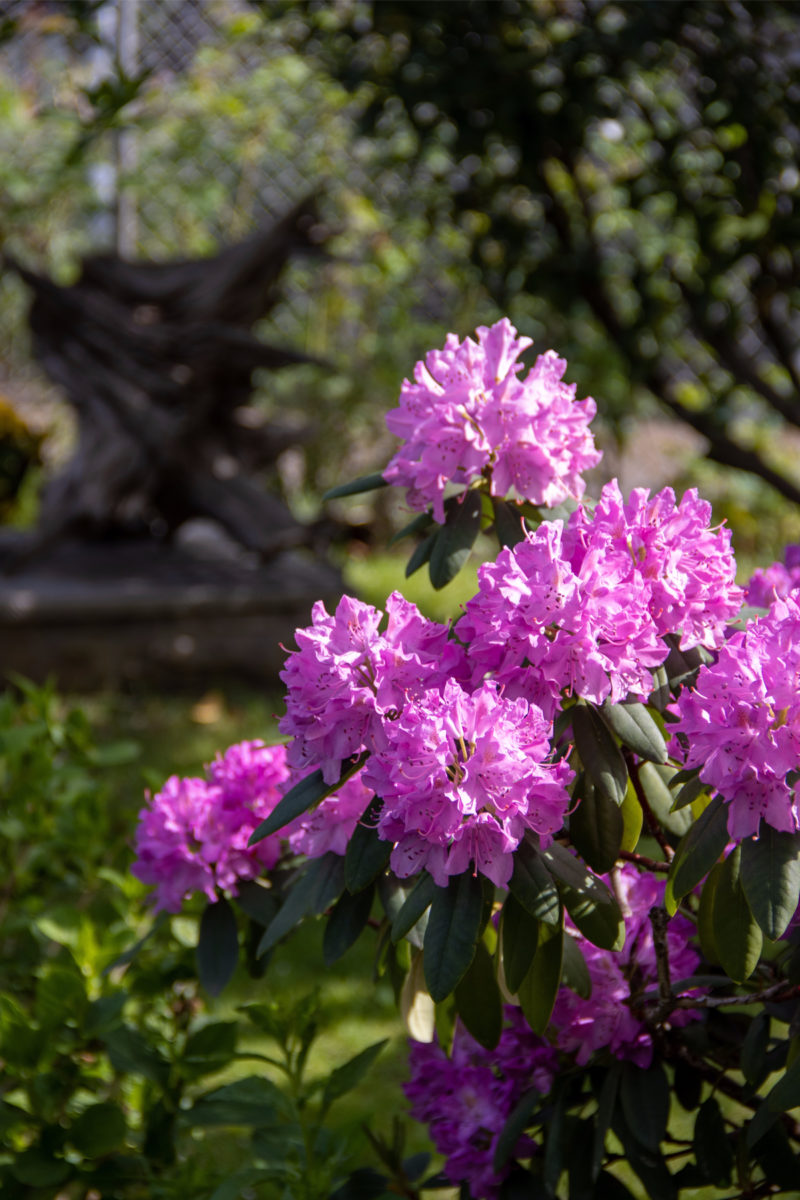
If you plant your rhododendron in too much shade, not only will it lack blooms, but it will also grow tall and spindly, as opposed to rich and lush.
Keep in mind that your rhododendron may have been getting enough sun when it was initially planted, but over time surrounding trees may have started to cast too much shade on your plant. If you’ve eliminated or fixed all the other factors on this list, and your rhododendron is still not blooming, go back and reconsider whether they’re lacking sun.
2. Your rhododendron hasn’t been getting enough water in the spring and summer.
Not getting enough water, especially in the spring, is the most common reason why rhododendrons don’t bloom.
In spite of their robust appearance, rhododendrons have a fibrous root structure that doesn’t grow too deep below soil level. When the weather gets too dry for too long during spring and summer, the drought stress inhibits the plant’s ability to produce flower buds (during the summer) and to open said flower buds (during the following spring).
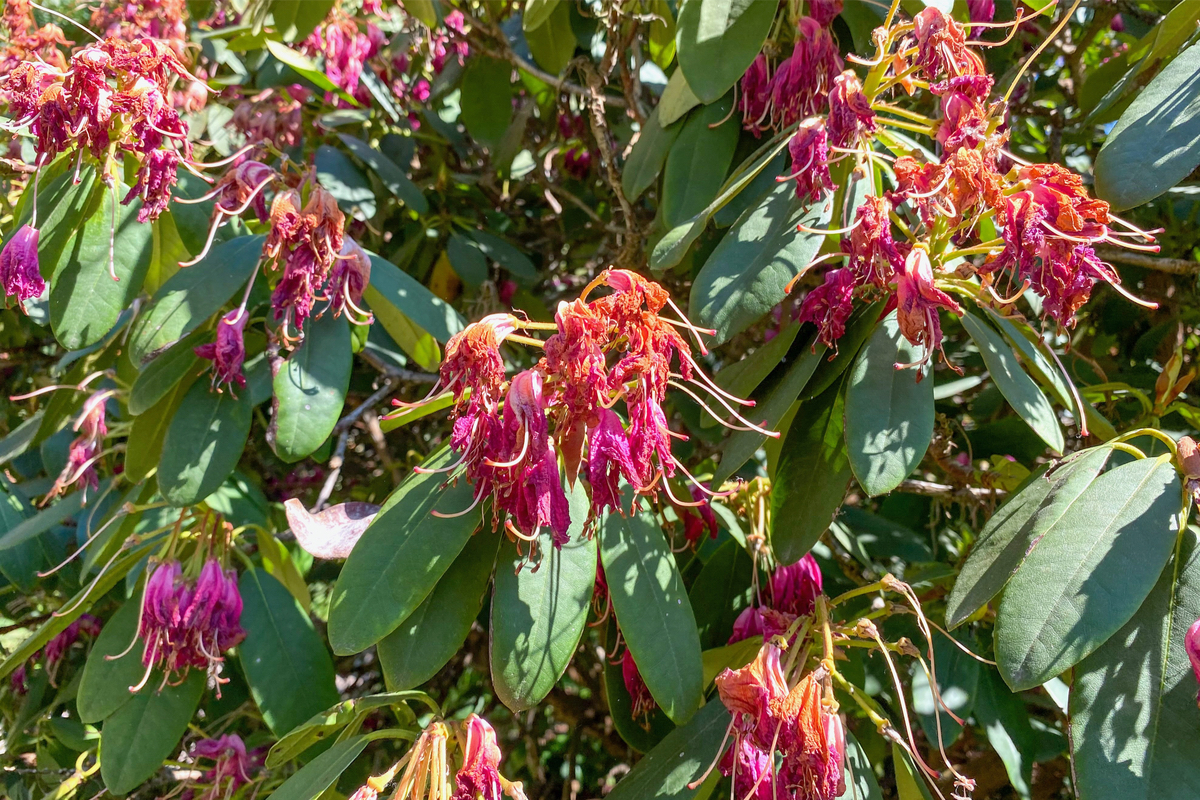
Most of the rhododendrons that we grow in our gardens were originally native to parts of China, India, Japan and Nepal, where they were used to growing on moist but well-drained slopes. This is why rhododendrons must have enough moisture in the soil in June and July when they start putting put out flower buds for the following spring.
Even if you think your rhododendrons are getting enough water, check that they’re not under thick tree canopies, overhanging branches or other structures that don’t allow rainwater to soak the soil around the plant thoroughly.
A good way to make sure the soil stays moist on dry days is by mulching around your rhododendron bush. This will slow down evaporation and keep the underground temperature even throughout the day and night. Over time, the mulch will also break down and provide nutrients to the roots.
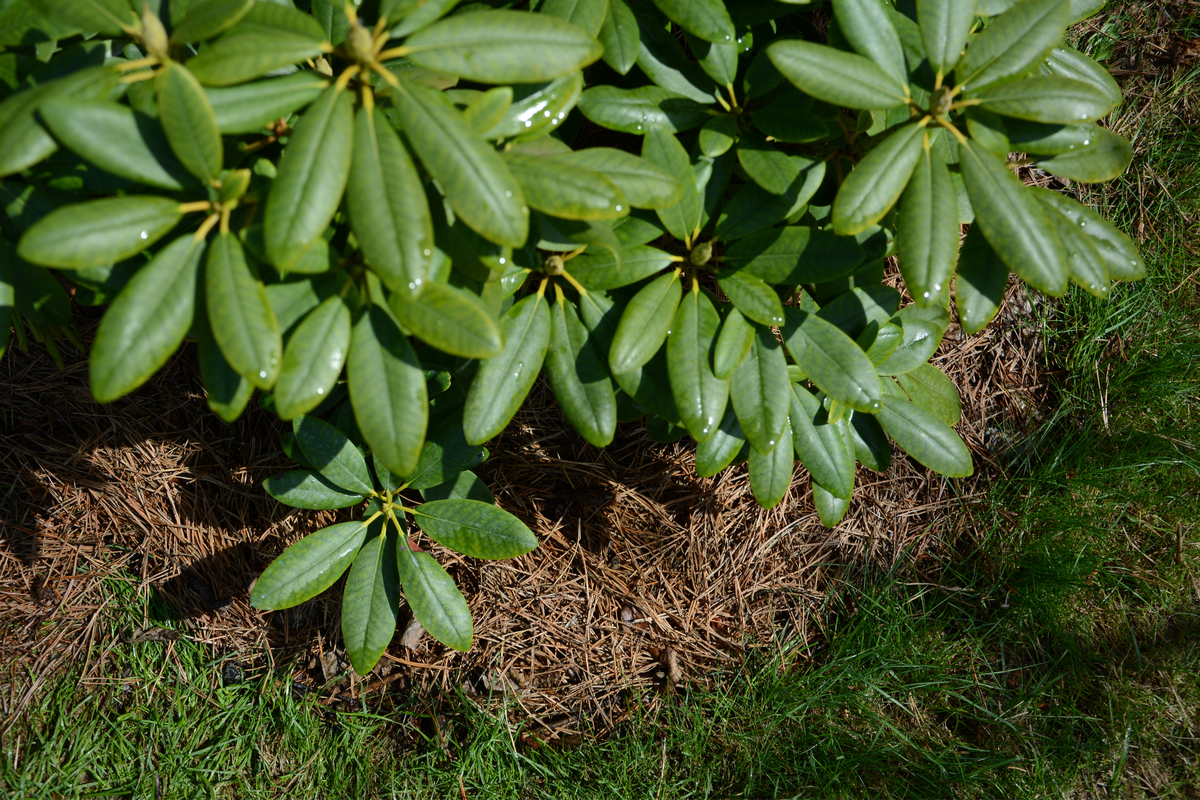
It’s also worth mentioning that rhododendrons don’t like having too much water. However, the signs of too much water will first show up in the leaves, not in the blooms. It’s important that your soil has good drainage that allows the roots to access the water, but doesn’t keep too much moisture around the root structure. Waterlogged roots are susceptible to root rot, which will kill your entire plant in a matter of months by inhibiting the ability of the roots to take up water.
You need to pay special attention to newly-planted rhododendrons that are just getting established. These younglings require regular watering in spring and summer (at least two times a week if you’re not getting enough rain). When you water a rhododendron, you should make sure you don’t get its canopy wet; you should water it to about ten inches deep using a soaker hose or a bucket.
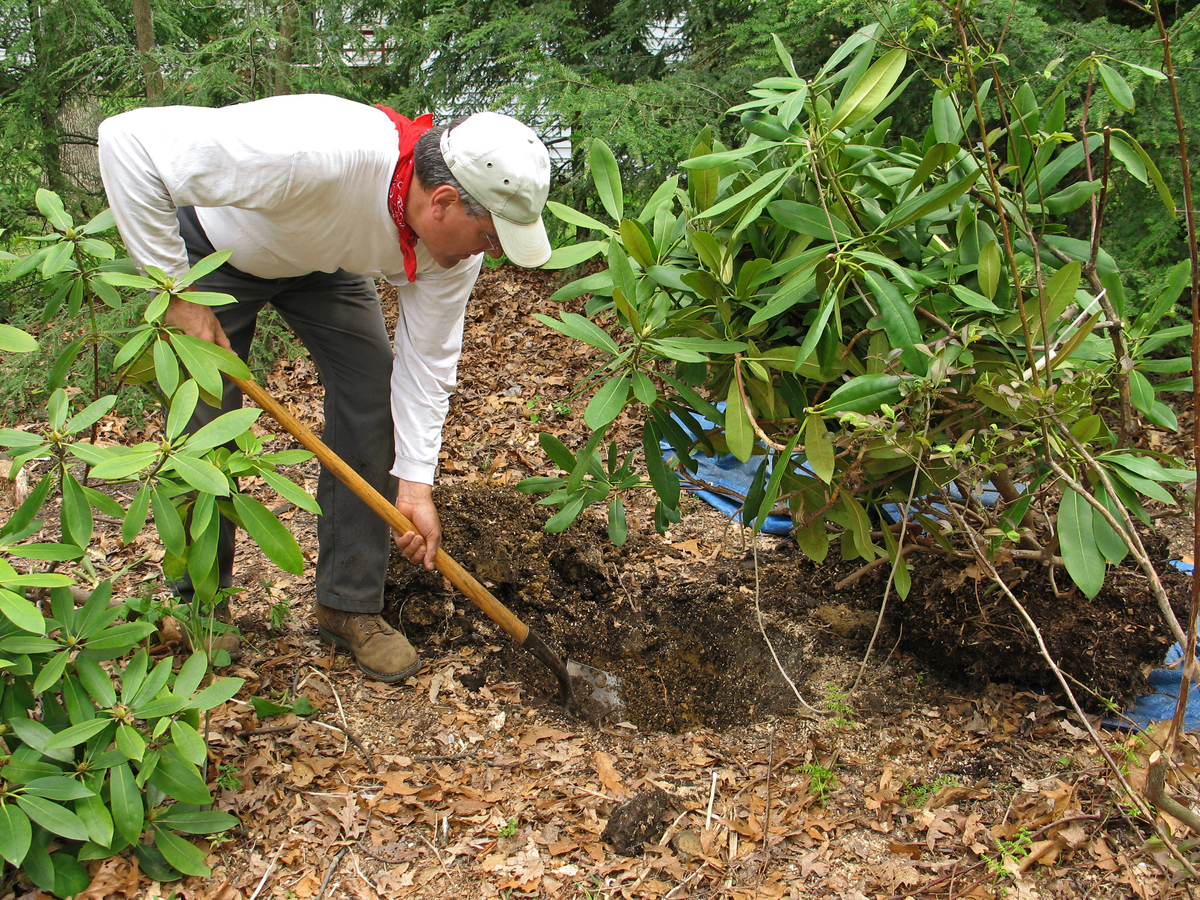
We mentioned that the rhododendron should be kept well-watered in the spring and summer, but here’s another trick. In order for the rhody to harden off for the upcoming winter, you should reduce the extra watering starting in October.
Obviously, if it rains, that’s out of your hands. But if it’s up to you to provide the right mixture for your rhododendron, you should water it sporadically in the fall and water more thoroughly once the first frost has passed.
It’s normal for a rhododendron to look wilted during periods of extreme heat, so how do you know whether you should water it or not? The trick is to check it in the morning before the plant gets too many hours of direct sun. If the rhody looks wilted and the edges of the leaves are curled underneath, then you should definitely water it.
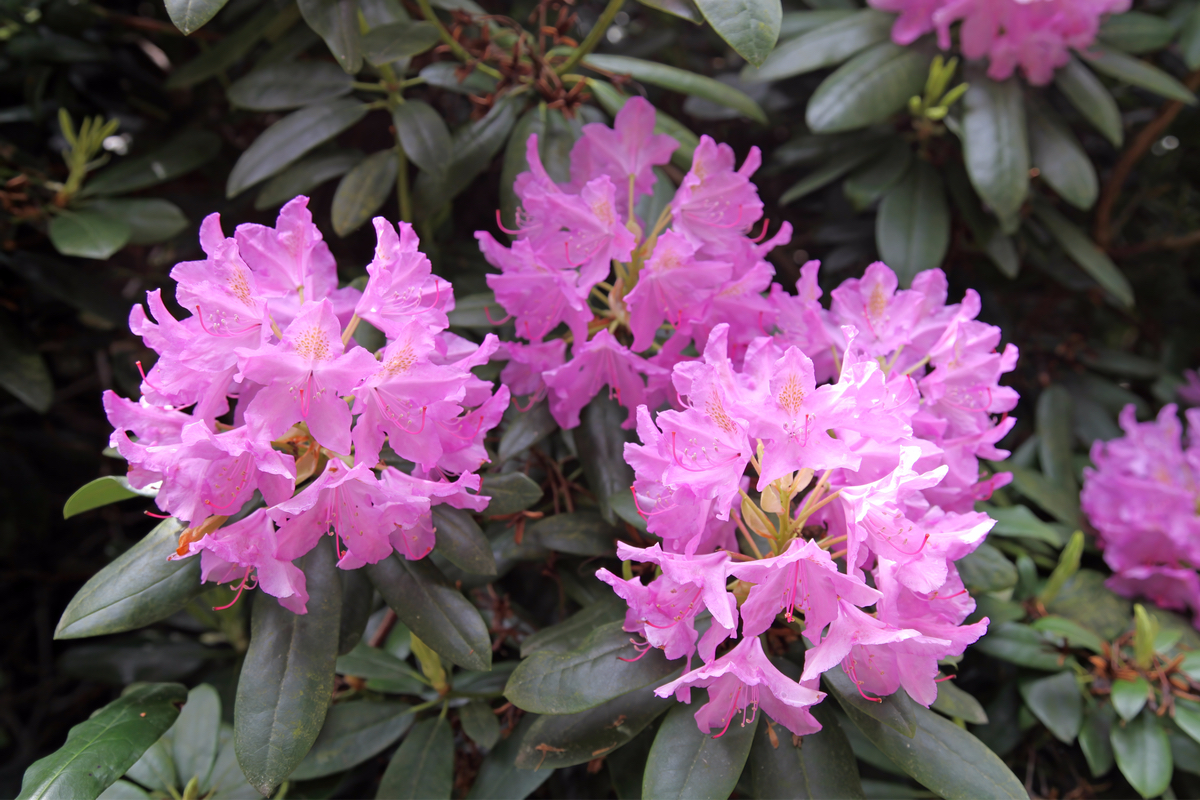
The hard part about figuring out whether a rhododendron is suffering from drought stress is that it can take months for the true symptoms to appear. So a plant that doesn’t bloom in spring may have suffered from drought stress the previous summer without you even noticing it. Ironically, the lack of bloom may seem like it’s coming out of nowhere, but somewhere along the way the plant’s feeding and growth cycles have been disrupted.
The best way to stay ahead of it is to keep an eye on your weather and regularly inspect the moisture level at the base of your plant. If it’s dry four to six inches deep, keep watering it.
3. You’ve pruned your rhododendron too late or too much.
Rhododendrons are relatively slow-growing shrubs, so they often don’t need to be pruned every year; at least not for the main reason why we prune garden plants – to help them regain vigor and strength for the following growing season. In general, rhododendrons are not deciduous. That means they don’t lose their leaves in the off-season. So there’s no need to prune back its foliage.
The main reason why you should prune your shrub is if it is overgrown (this takes years of neglect) and you want to revitalize it and give it a more cohesive shape.
Another reason to prune it is if there are any dead or diseased branches or leaves. In this case, just cut these branches off with sharp gardening shears. You can do this at any time during the year.
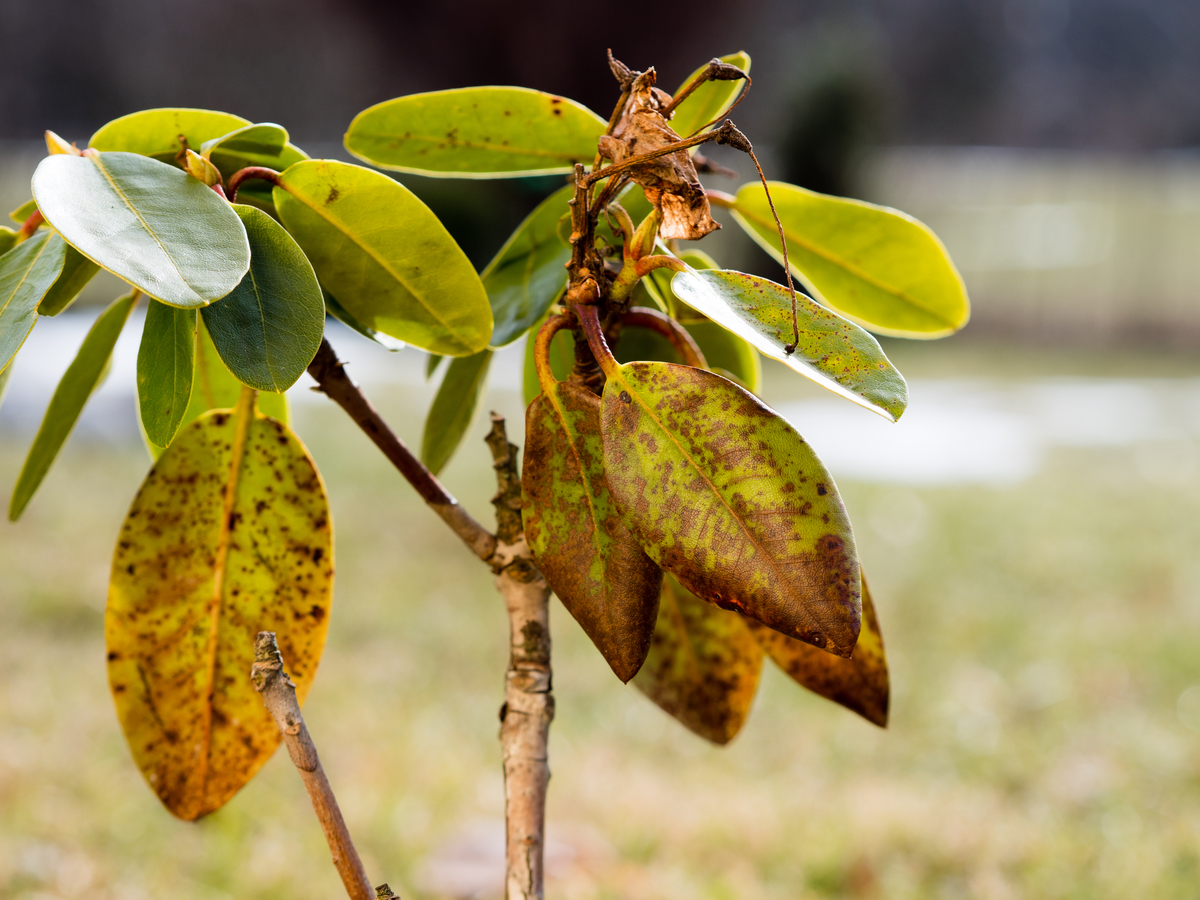
However, if you do want to prune your rhododendron, remember that the buds for the following year are set from mid-summer to late fall, depending on what rhody you’re growing and what kind of climate you’re gardening in. If you prune after the buds are set (but barely visible), you run the risk of inadvertently cutting off next year’s blooms.
If you really want to shape your rhododendron, you should prune it as soon as the old blooms have faded, but right before new blooms are set. It’s tricky to get the timing right, so you’ll need to keep an eye out weekly to take advantage of this very short window.
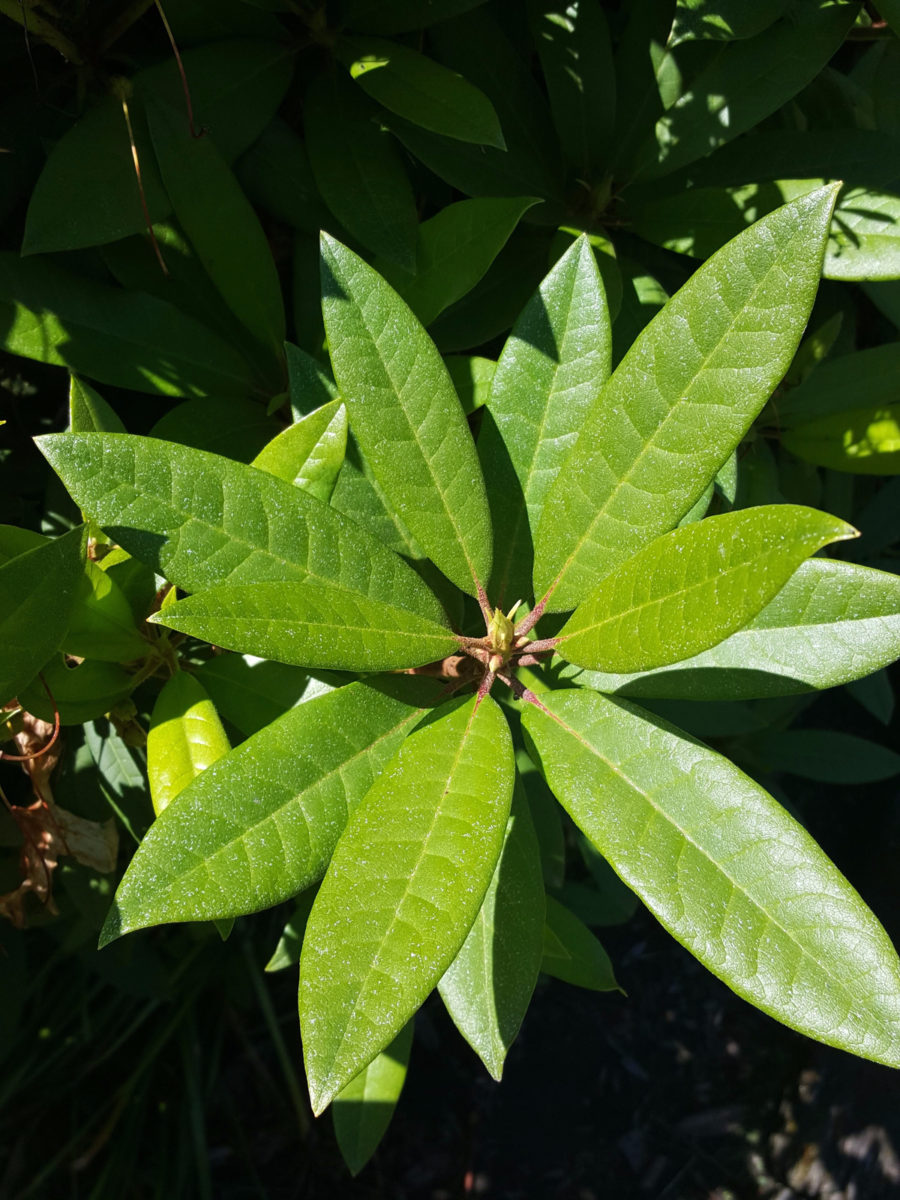
One way to get around it is to only prune just a little bit at a time every year if you want to improve this shrub’s curb appeal factor. This way, even if you accidentally trim off next year’s buds, you won’t be leaving your rhododendron completely flowerless.
However, one important maintenance task you should be doing for your rhododendrons is deadheading them.
Deadheading refers to the process of removing spent blooms to allow the plant to redirect its energy to growing (new flower buds and leaf buds) rather than to setting seeds.
Don’t worry, you’re not missing out on much. It takes real luck, the right conditions and years of waiting to grow a new rhododendron from seeds anyway.
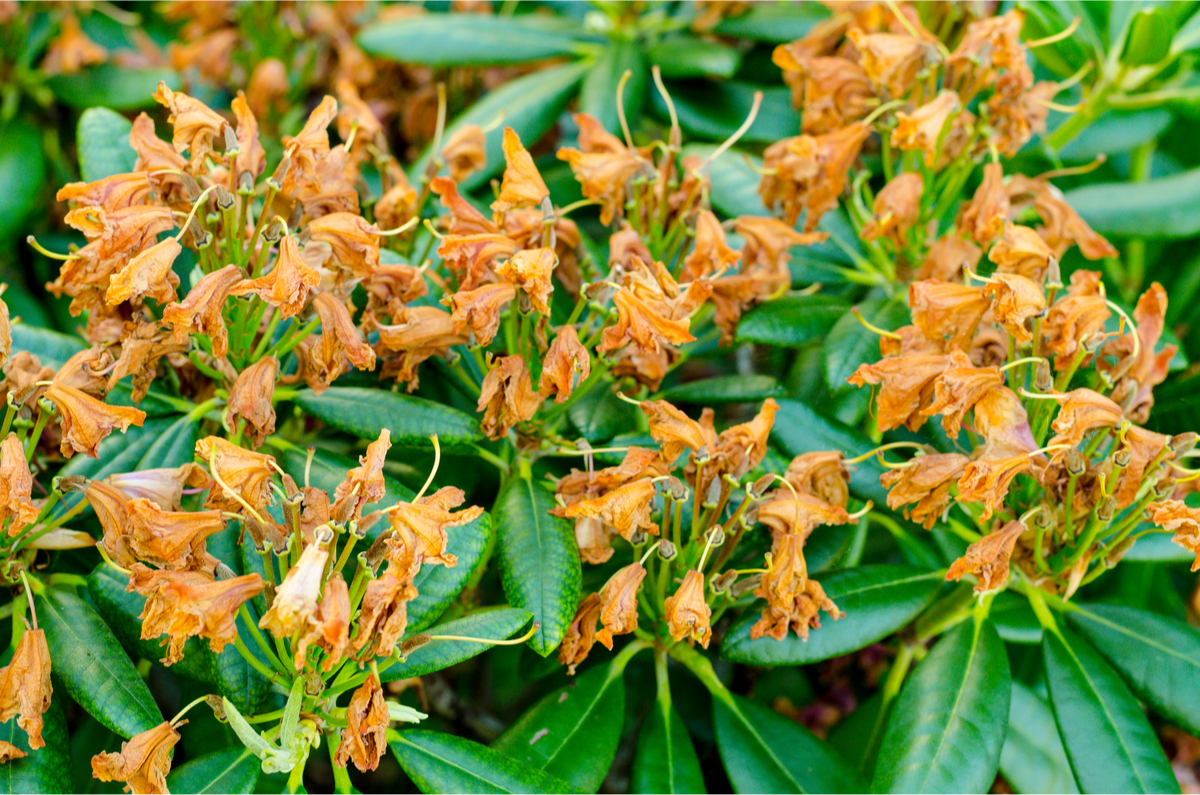
To properly deadhead the rhododendron, you have to remove their flower clusters (also called trusses) once the flowers have shriveled up and died. You can remove the trusses by rotating them gently until they break off. It’s a job that’s best done manually in order to be able to really feel for the right spot where the truss will come off.
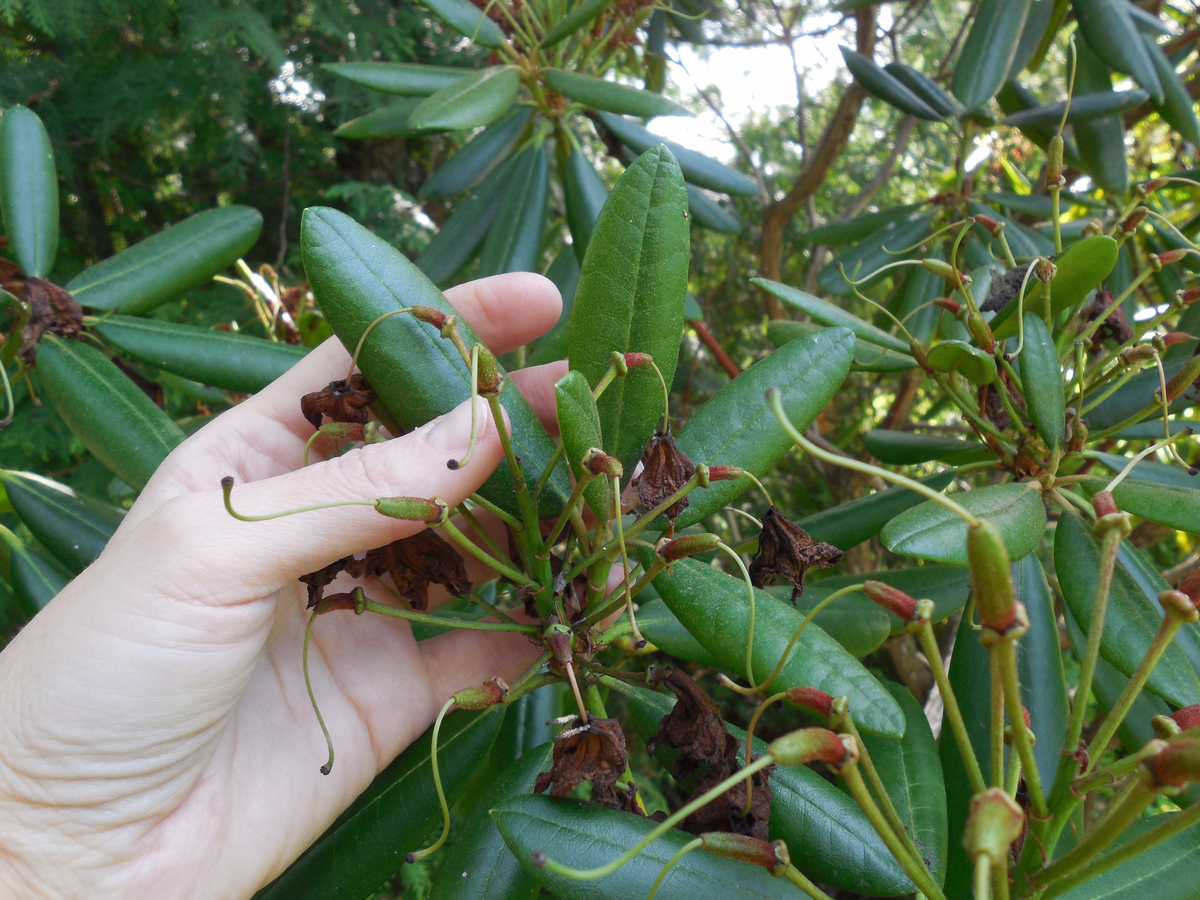
Do remember to wear gardening gloves though, as the sap left behind once the clusters come off gets really sticky and it takes a lot of handwashing to get it off. (I’m speaking from experience here.)
Proper deadheading will not interfere with bloom production and shouldn’t cause your rhododendron to stop blooming the following season.
4. Your rhododendron shrub is too young to bloom.
It takes about two to three years for a rhododendron that has been propagated from a cutting to bloom. So if you’ve just bought and planted your shrub, patience is the name of the game. This also applies if the plant already had blooms when you bought it, although in this case, it may only take it one year to settle into its new location.
If you’ve managed to propagate your rhododendron from seeds, then vigorous blooming may never happen for that particular plant, or it may take a few years for it to set out buds. This doesn’t mean that you can’t enjoy the foliage, but it just means that you may not get blooms true to the mother-plant.
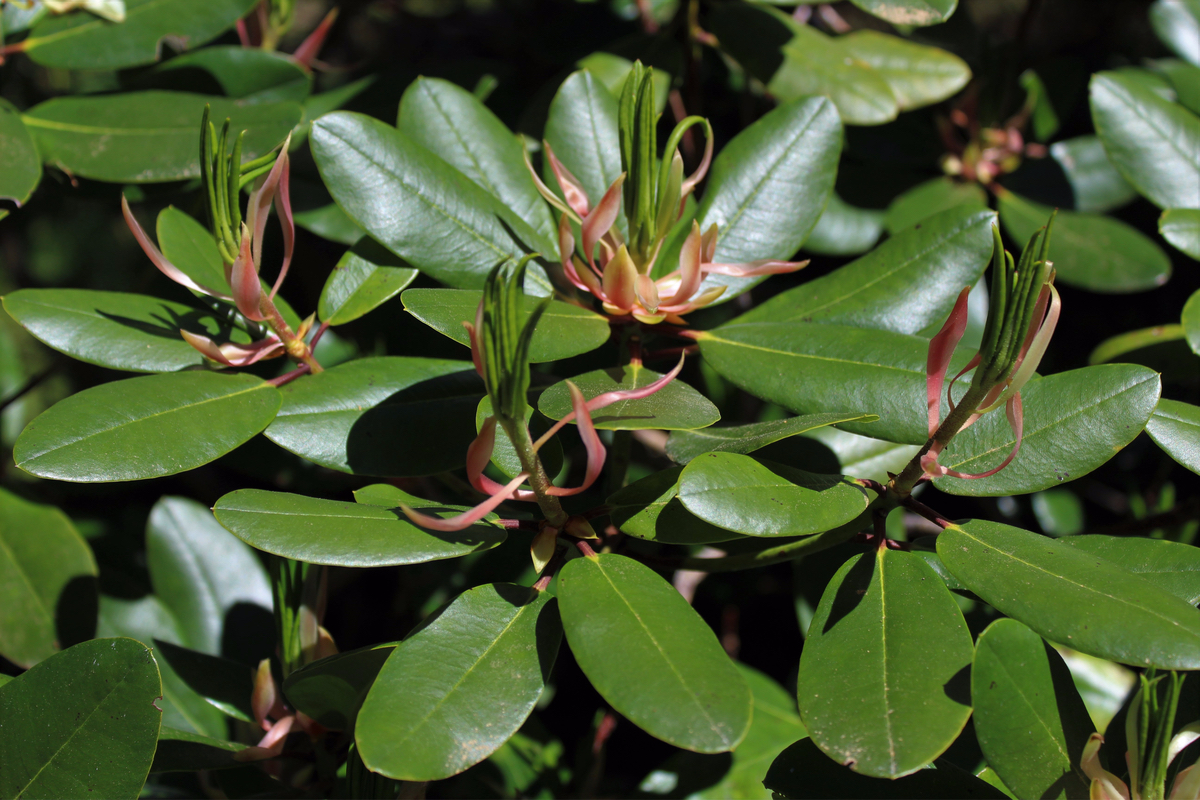
Along the same lines, if you’ve just transplanted your rhododendron, even if you’ve done so during their dormant season, you’ll have to flex your patience muscles again. It may take a year for a newly-relocated shrub to properly take hold in its new location. That’s a good thing though, as the plant is more likely to fare well in the long term if it uses its energy to set out a strong root system rather than new blooms.
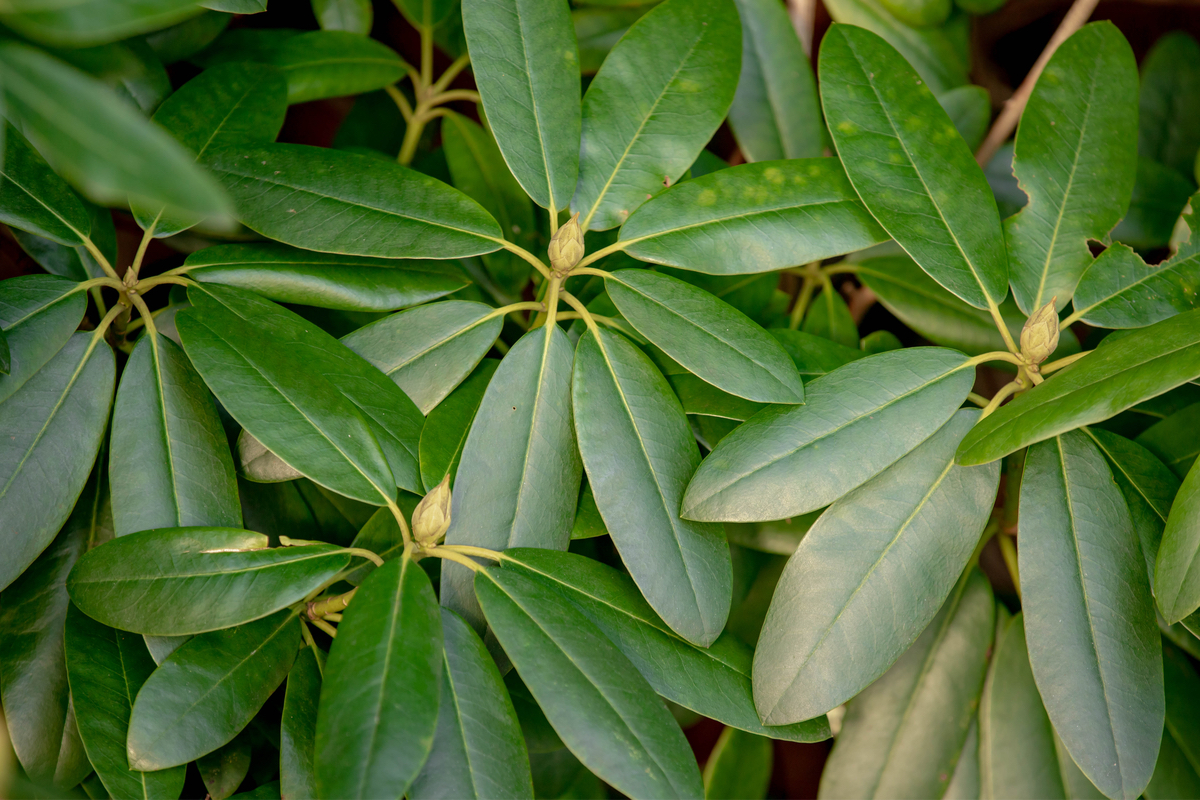
As a general rule of thumb for gardening, treating a recently transplanted plant as a new plant can help us set realistic expectations and avoid disappointment.
5. Your rhododendron had frost or winter damage.
Rhododendron shrubs are generally resilient in cold temperatures, especially if they are hardened off progressively before the onset of the cold season. So early fall frost, when the plant hasn’t had the chance to harden off for the winter, is often one of the main causes of failure to bloom for rhododendrons.
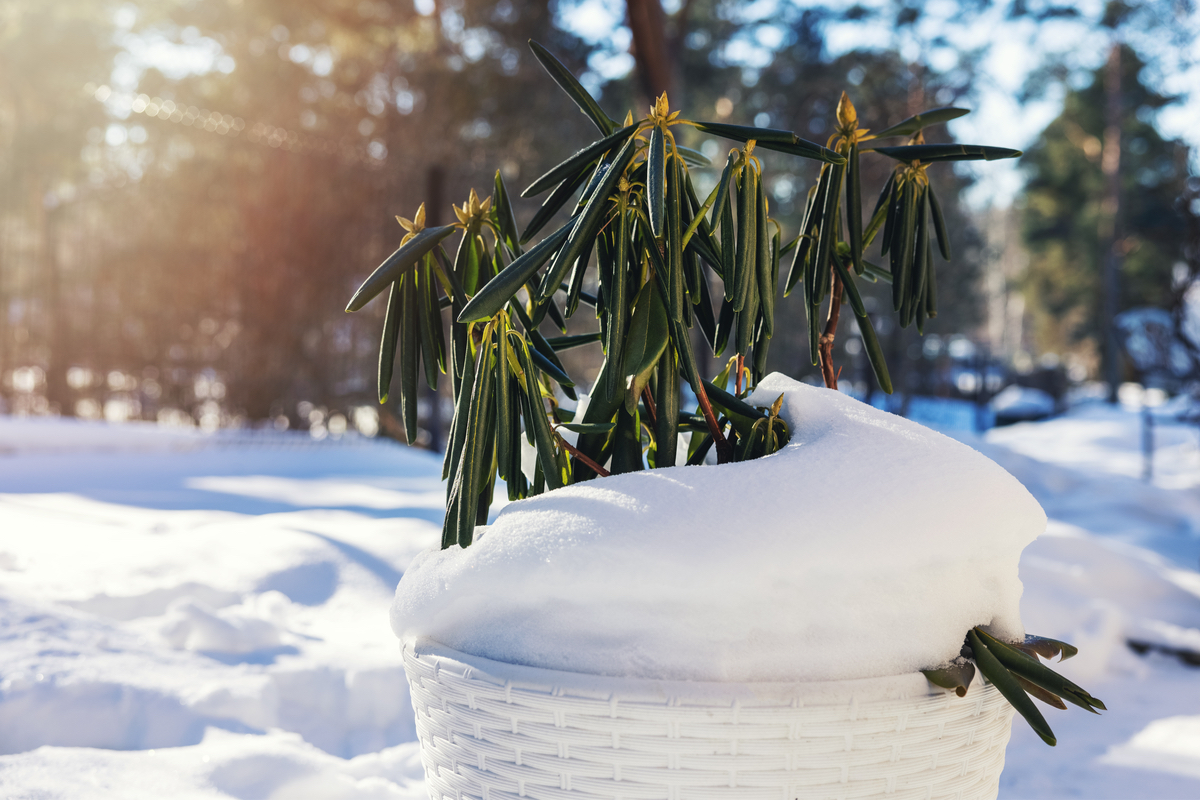
One thing you can do in order to allow the plant to harden off is to resist fertilizing starting in mid-July. Fertilizing encourages new growth, and this new fragile addition will not have enough time to harden off before the temperatures drop.
We do not endorse the often-quoted piece of advice that says you should withhold water as the summer is coming to an end in order to promote hardening off the plant. The contrary is true – a desiccated rhododendron is more likely to be damaged by cold weather than a properly watered one.
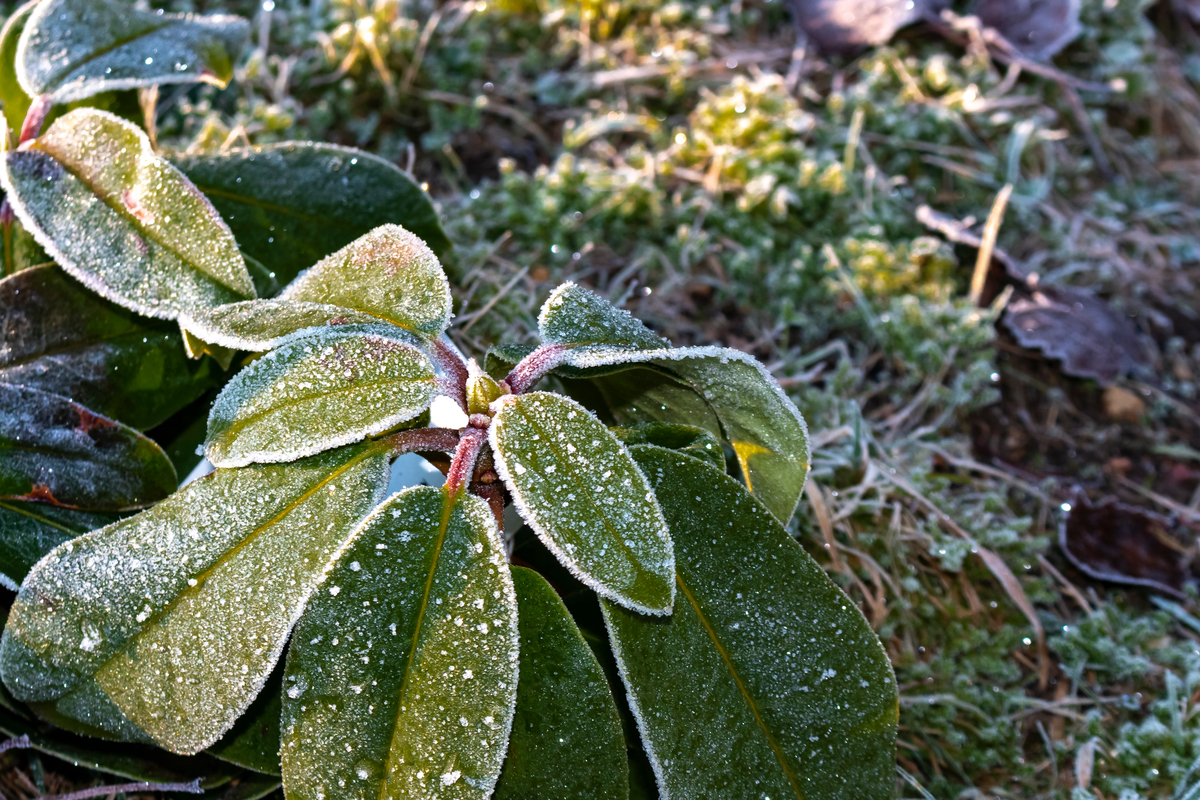
Another factor that plays a role in this shrub’s ability to withstand cold weather is its exposure, so make sure you plant it in a sheltered location that doesn’t get too much wind. Also, avoid placing a rhododendron under a direct flood light in your yard that stays on throughout the night.
However, most of the cases of rhododendrons not blooming due to cold temperatures happen due to them breaking their period of dormancy early. This happens if you’re getting a mild winter followed by a hard frost in late spring.
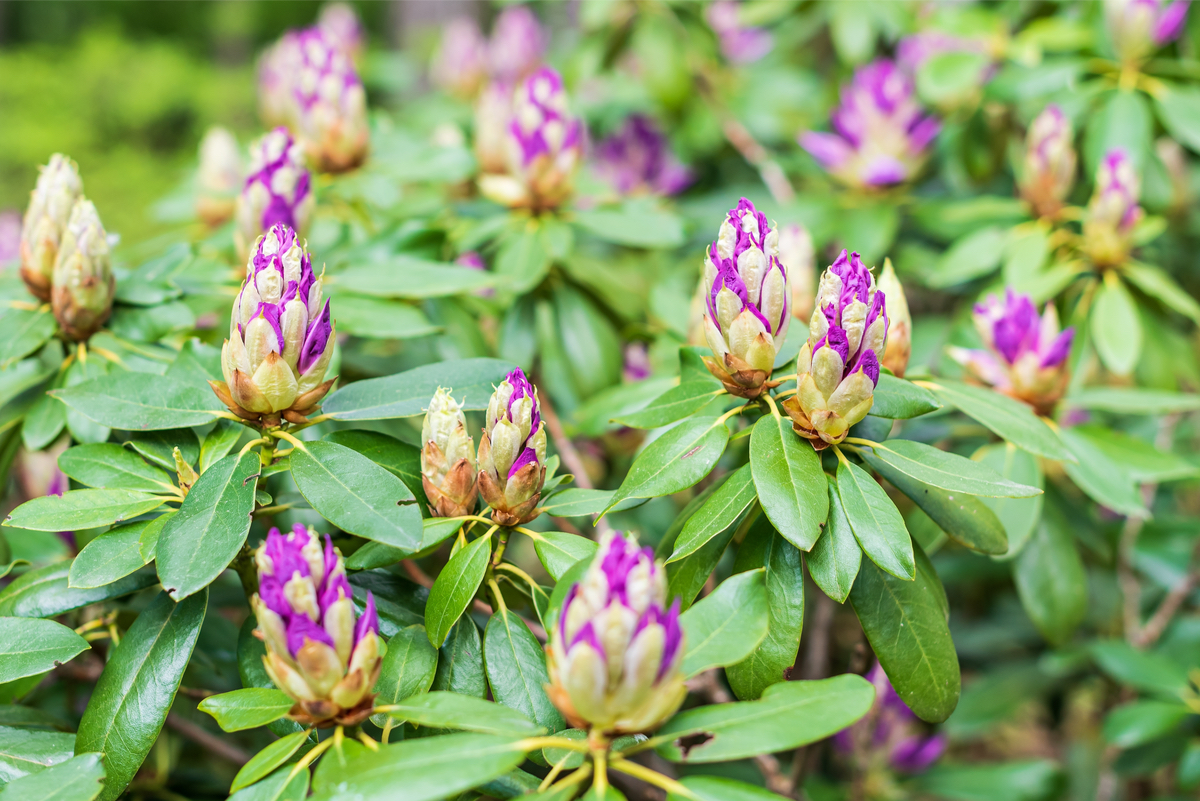
Rhododendrons that bloom early (or too early for the climate that you’re gardening in) will often be affected by this problem. For example, if your rhody swells the buds in preparation for blooming in February or March, and you’re getting a hard frost before the blooms open, your plant will abort blooming and the buds will turn brown and die. Unfortunately, that’s it for this season. The viable buds have been used up, albeit at the wrong time, so you’ll have to wait for the following year for more flowers.
There’s not much you can do to shelter your plant if the temperatures plunge below freezing for extended periods of time. However, you could try protecting the shrub by wrapping it in burlap or garden fleece, especially overnight. But if the protective cover sticks to the buds and comes off with chunks of them, then you may do more harm than good.
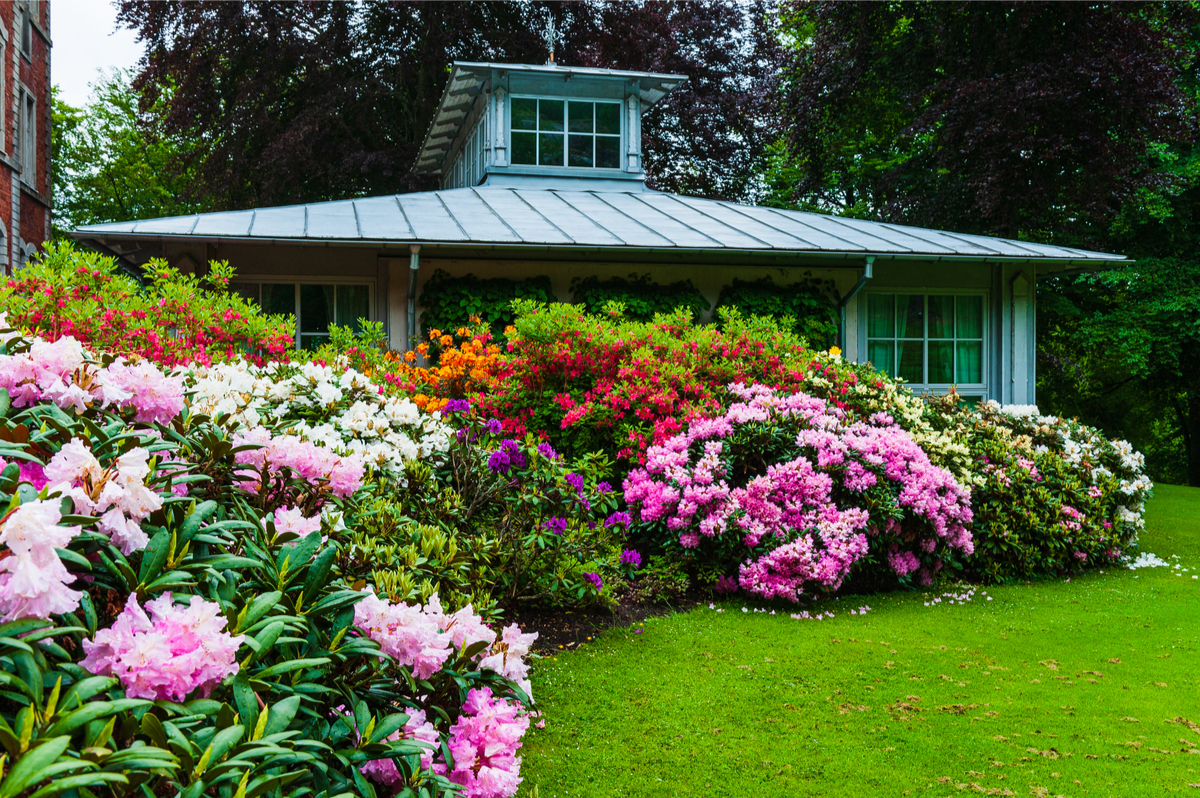
The best way to avoid this heartache is by choosing rhododendrons that are more suitable for your climate. With thousands of hybrids to choose from, there is bound to be a few that will thrive in your garden.
If you don’t know where to start, have a look at this list of best rhododendron performers recommended by the American Rhododendron Society for different areas of the United States. If you’re not in the United States, check the resources offered by your local botanical garden, university agricultural department, horticultural society or plant nursery to get some suggestions that will suit your specific climate conditions.
6. Your rhododendron has already bloomed prematurely.
Unfortunately, this is not an uncommon event in climates that experience a hot dry summer followed by a warm humid fall. The sequence of drought followed by moisture tricks the shrub into opening up the blooms that it had prepared for the following spring.
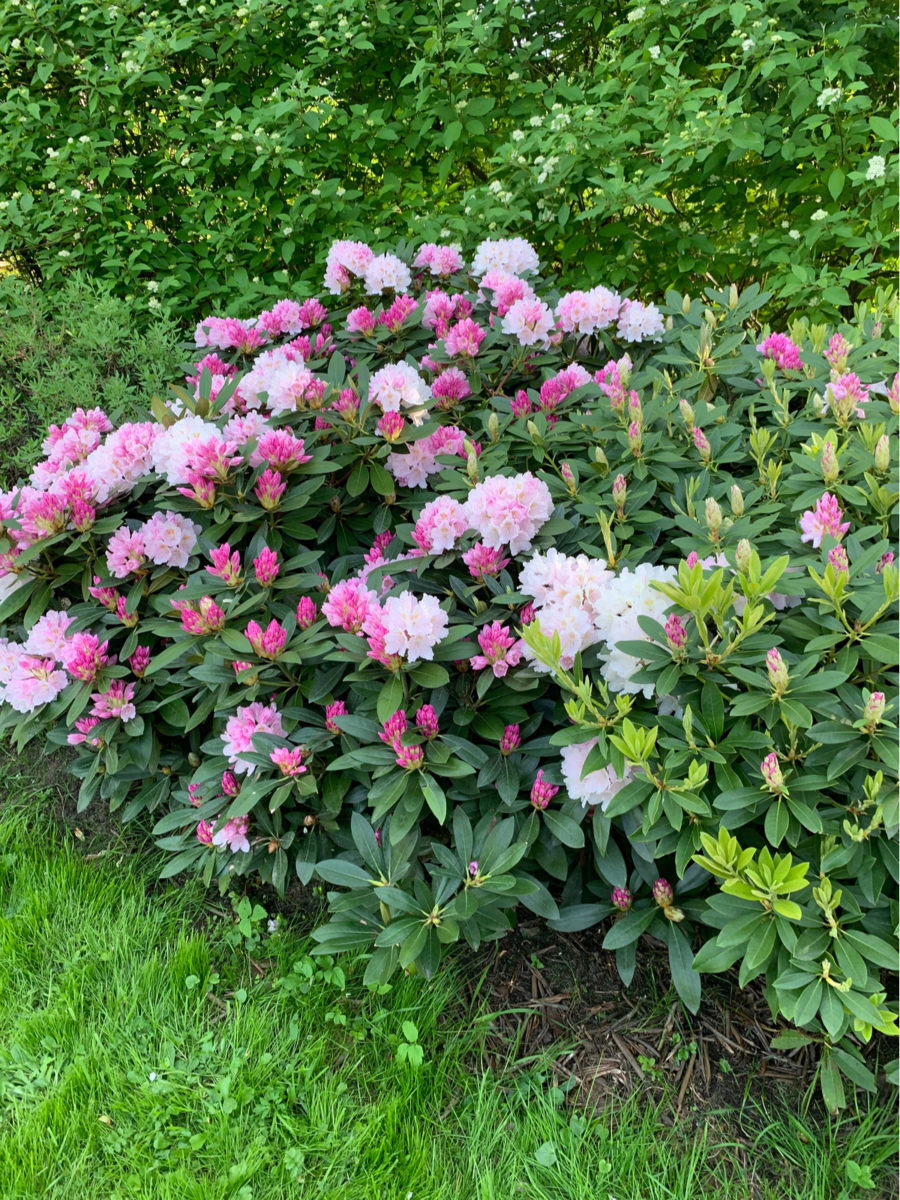
This premature fall-blooming often lacks vigor and may even be caught off-guard by an early frost. This is why it’s important to avoid applying fertilizers starting in mid-July.
7. You’ve overfertilized your rhododendron.
Too much nitrogen-rich fertilizer can cause poor bloom development. This happens because nitrogen promotes foliar growth to the detriment of bud growth. This is why you should avoid all-purpose fertilizer for acid-loving blooming plants such as camellias, azaleas and rhododendrons.
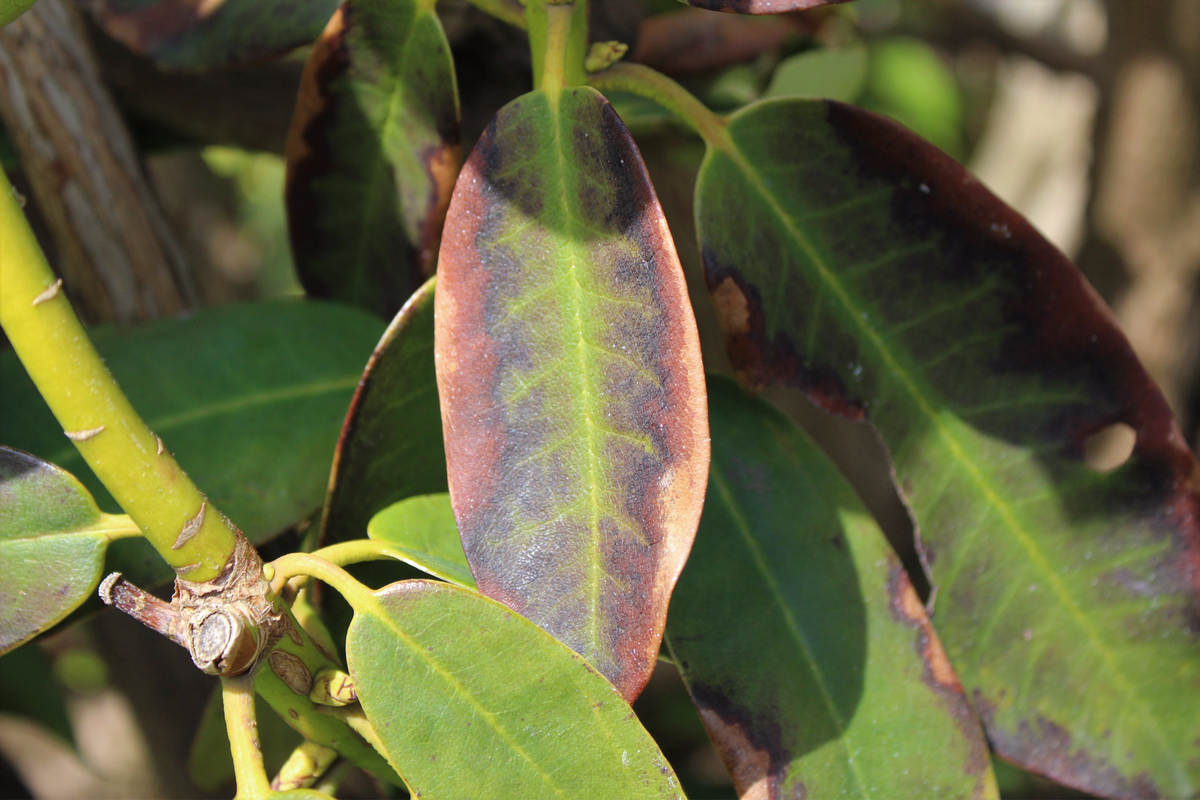
Some growers find that rhododendrons don’t need too much fertilizer at all, unless they show clear signs of a lack of nutrients, such as pale leaves or chlorosis, a condition that leaves the veins of the leaf green while bleaching the rest of the leaf surface.
If you choose to fertilize, make sure you use a feed that’s rich in phosphorus (which promotes bud production) and low in nitrogen, such as a 5-10-10 blend.
8. Your rhododendron has been attacked by a fungus.
When it comes to plant diseases, the most dangerous culprit that causes rhododendrons not to bloom is the Pycnostysanus azaleae or Seifertia azaleae, a fungus that can wreak havoc on rhododendrons and azaleas. You can diagnose it by looking closely at the buds. If the bud turns dark brown and grows tiny fuzzy structures, then your plant has been affected.
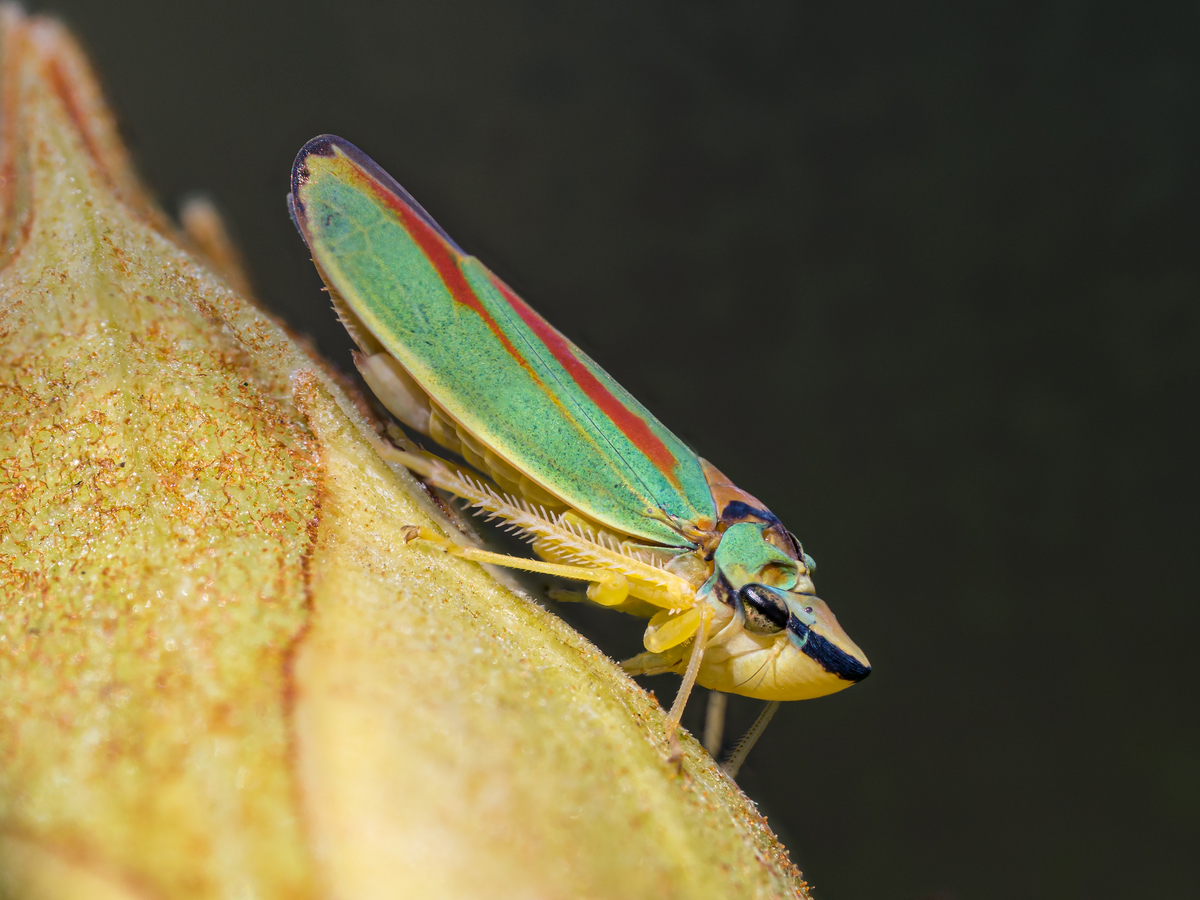
This fungal disease looks similar to frost damage. However, there is a noticeable difference: in the case of frost damage, the bud remains smooth (though still brown) while in the case of the disease, the bud is covered in what looks like short, hairy structures.
It’s believed that Seifertia azaleae is spread by leafhoppers from late spring to early fall, so making your garden into a hospitable environment for their predators (such as ladybugs and lacewings) is a good way to keep the leafhopper larvae population under control.
To control the spread of the fungus, you should pick the buds that have been affected and dispose of them in the trash. Do not compost them. Once you’re done with proper plant sanitation, remember to clean your gardening tools too.
These are the main reasons why rhododendrons don’t bloom. My advice is to write down the main eight points again and go through the list one by one to narrow it down to the most likely scenario for you and your site. With a bit of careful observation followed by some troubleshooting, your rhododendron will go back to its regular blooming schedule come next spring.
